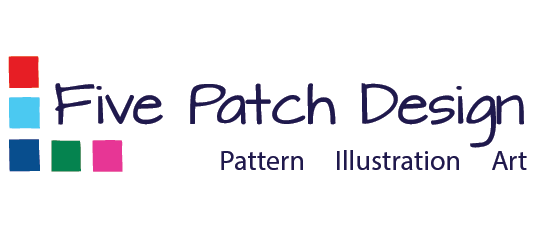Cut-out Letters and 10 Literacy Activities

Try this with children who are learning letters, letter sounds, and words: download and print one of the PDF files (below), cut out the letters, and put them on the toy shelf.
Follow your child’s lead: maybe the letters will become part of a building project, craft activity, or imaginary play.
You don’t have to teach or do anything formal; just make the letters available and talk about them if they become part of an activity or if your child asks about them.
|
If you’d like to use the letters in a more structured way, try the guided literacy activities further down on this page. |
Printing Suggestions
 For durability, use the thickest paper that your printer can tolerate, like card stock. Or, print on regular paper, cut out the letters, trace them onto poster board, and cut out. That’s a lot of cutting, but you’ll end up with 2 sets of letters.
For durability, use the thickest paper that your printer can tolerate, like card stock. Or, print on regular paper, cut out the letters, trace them onto poster board, and cut out. That’s a lot of cutting, but you’ll end up with 2 sets of letters.
 Set the document size to 100 percent.
Set the document size to 100 percent.
 Print single-sided.
Print single-sided.
These letters are based on my original, hand-cut block letters (not a font).
|
|
Guided Literacy Activities
- Put the letters in a bag and have the child select one. Ask the child to say the name of the selected letter (OR make the letter sound OR name a word that starts with the selected letter).
- Arrange the letters on the floor. Using a bean bag, soft toy, or crumpled piece of paper, have the child toss the bean bag, toy, or paper onto the pile of letters, then say the name of the letter that it lands on.
- Hide some of the letters around a room. As the child finds each letter, ask her to say the name of the letter.
- Let the child hide some letters and then you look for them. When you find each one, say the name of the letter, then ask the child to repeat it.
- Have the child select a few of the letters. Go on a letter hunt, finding objects that have the same starting letter as each of the selected letters.
- Pre-select a few objects like a spoon, box, and pencil (try not to pick objects with more than 1 possible starting letter, like f/ph, c/k.). Have the child find the starting letter for each object and place the letter next to the object. As an extra challenge, ask the child to find the letter that she hears at the end of the word for each object.
- If your child is starting to write, have her slowly form a letter by writing directly on the cut-out letter shape.
- Have your child draw objects that start with a letter; let her draw directly on each letter.
- If you have a variety of stickers, your child can apply a sticker to the letter that has the same starting letter (a banana sticker goes on the letter "B").
- With your child, set aside the letters in your child’s name and put them in order. One by one, say the name of each letter, then make its sound. (Make sure you have duplicate letters beforehand if necessary.) You can repeat this activity with the names of family members, friends, and pets.
|
Tips
|
